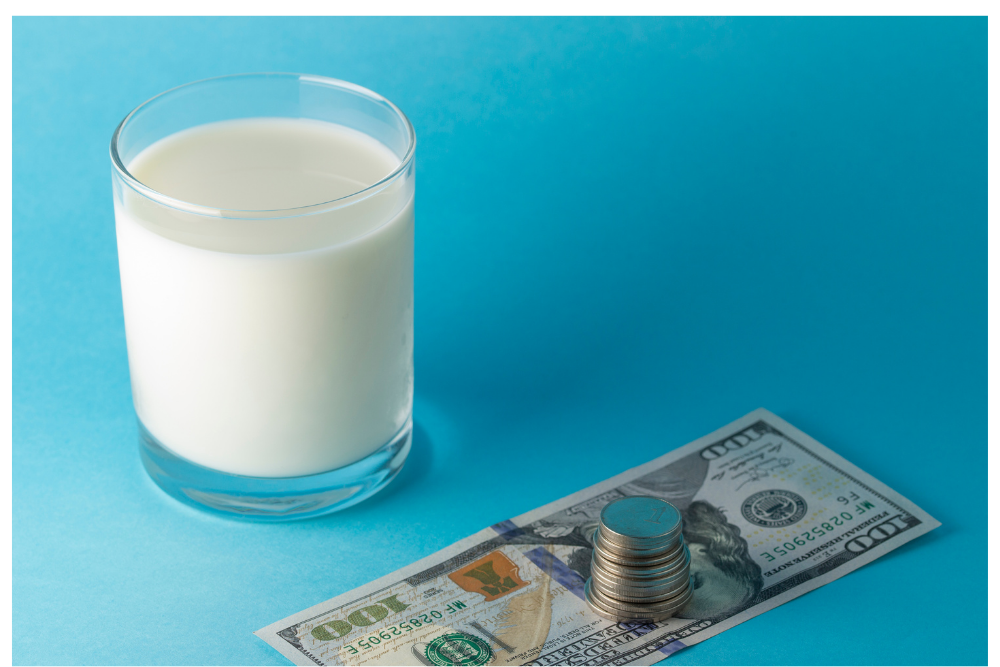The dairy industry has been on a wild ride as of late.
Videos of farmers dumping milk spread across social media feeds early on in the pandemic. But as restaurants and schools continue the slow march back to norm– something (can anything ever be normal again?), milk prices have recovered and even risen to levels not seen in years.
Why the surge? The return and rise of foodservice demand might be leading the milk price charge, but there are at least two other factors at play as well:
- The inclusion of dairy products in the USDA’s Farmers to Families Food Box Program helped immensely.
- Exports. Exports. Exports. As trade tensions with Mexico and China have cooled, their import of U.S. dairy products opened up key channels.
Worth noting: Demand and prices haven’t been the only thing going up in the dairy world.
What else? Cows numbers.
The U.S. dairy herd reached a low point last June but has been growing ever since. 113,000 cows have been added for a total herd of 9.468 million cows, a threshold not seen since 1995.
Milk per cow has also been on the rise, forecasted to grow by 1.5% this year.
Where this goes: More cows and more milk per cow means more milk for everyone. And that’s what has economists a little hesitant to predict much optimism for milk prices moving forward. Add in surging feed costs, and only time will tell where milk markets go.

